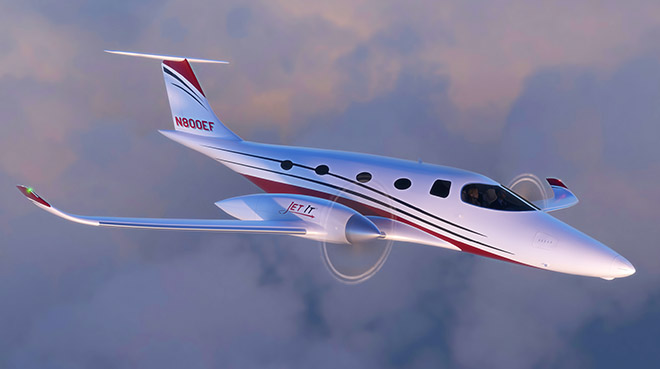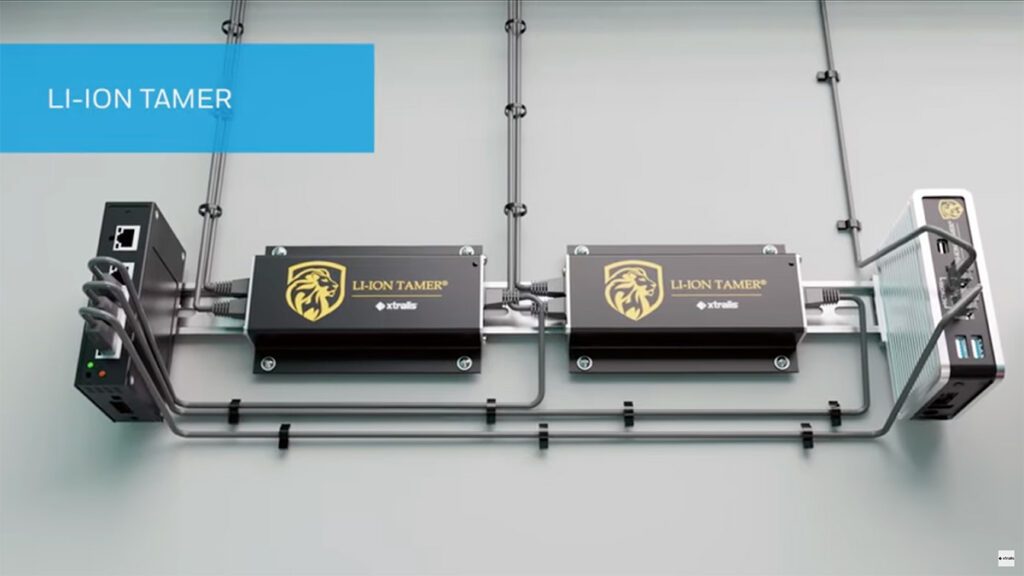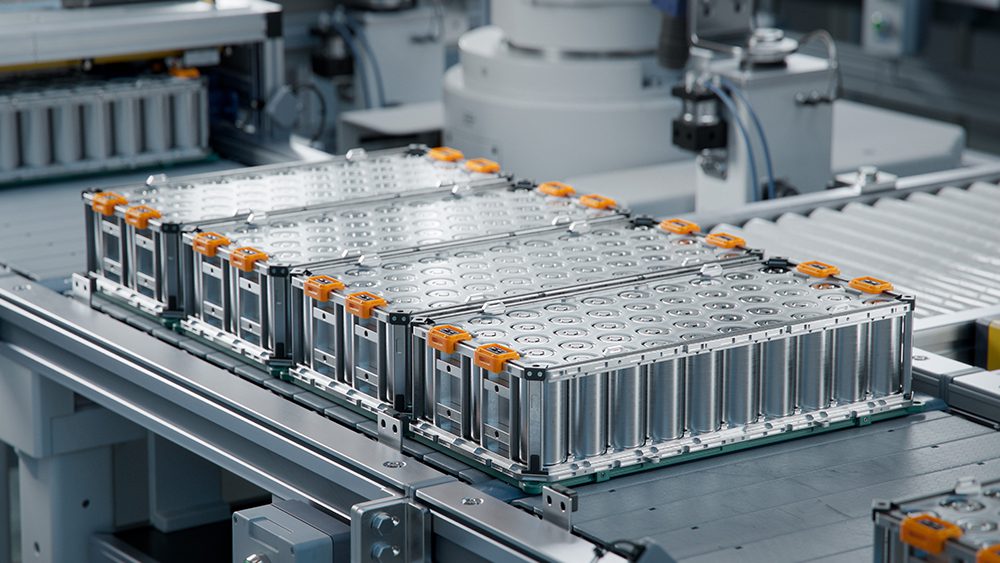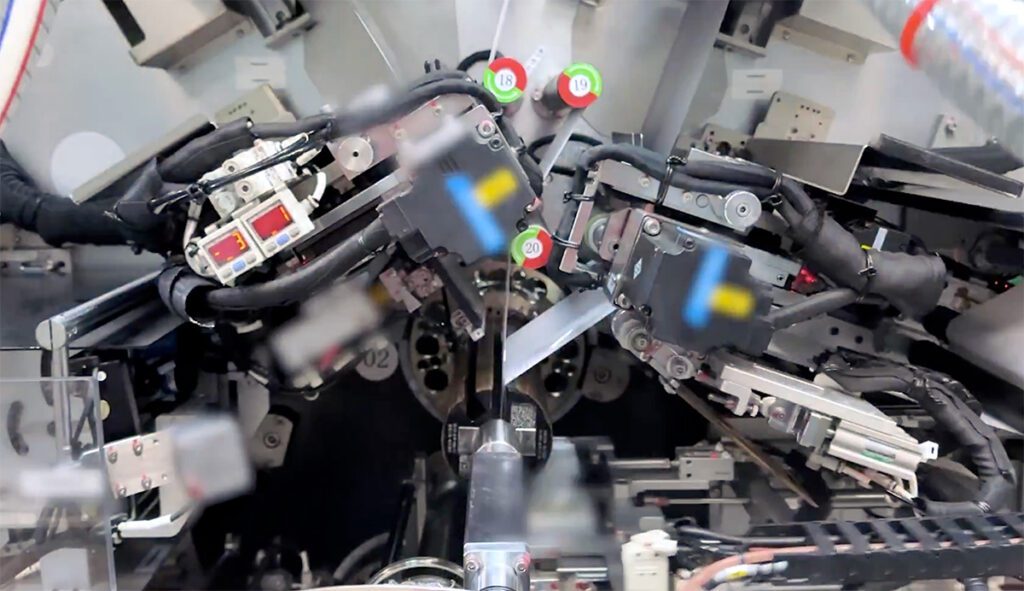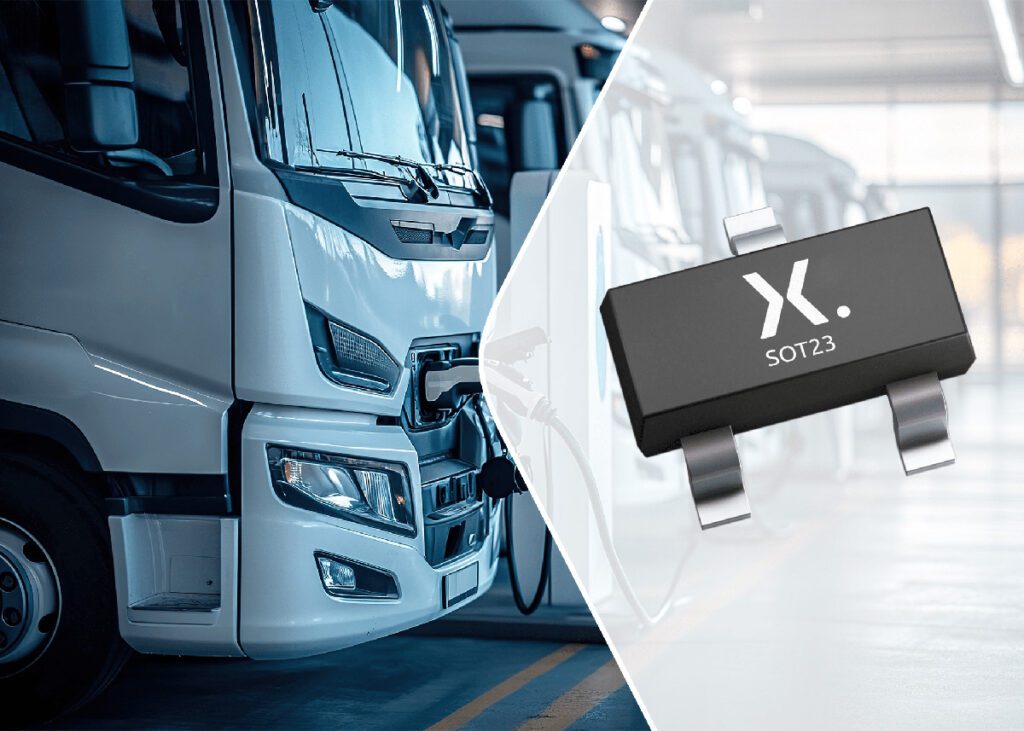Electric aircraft manufacturer Bye Aerospace has secured a pair of launch customers for its eFlyer 800, an 8-seat all-electric twin turboprop-class airplane. Jet It and JetClub, North American and European sister companies that provide fractional aircraft ownership, have agreed to purchase a fleet of eFlyer 800 aircraft.
Bye Aerospace expects the eFlyer 800 to deliver a range of 500 nautical miles with 45-minute IFR reserves, a maximum payload of 1,540 pounds, a 320-knot cruising speed and a 35,000-foot ceiling, at one fifth the operating costs of traditional twin turboprops. The aircraft features two wing-mounted electric motors, each with dual redundant motor windings, quad-redundant battery packs, and a full-airplane parachute. The company is targeting the air-taxi, air-cargo, regional and charter aircraft markets, and is targeting an FAA certification date in 2025.
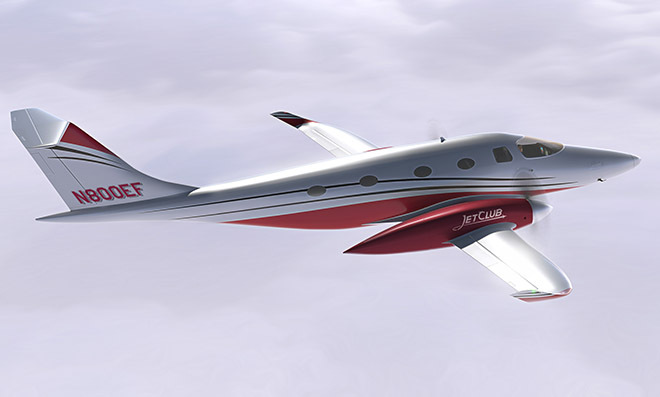
Jet It CEO Glenn Gonzales and JetClub CEO Vishal Hiremath will both join Bye Aerospace’s Strategic Advisory Council.
“As an aviation company run by aviators, we believe electric propulsion is the next major innovation in air travel, and Bye Aerospace will be one of very few manufacturers able to certify an environmentally sustainable aircraft that meets the needs of our expanding customer base,” said Gonzales.
“While private aviation contributes only 0.04% of global emissions, we are working toward zero percent,” said Hiremath. “The past two years of exponential growth of the brand in the US has shown us that business travel is essential to protect jobs and economies, but not at the expense of the environment.”
Source: Bye Aerospace







